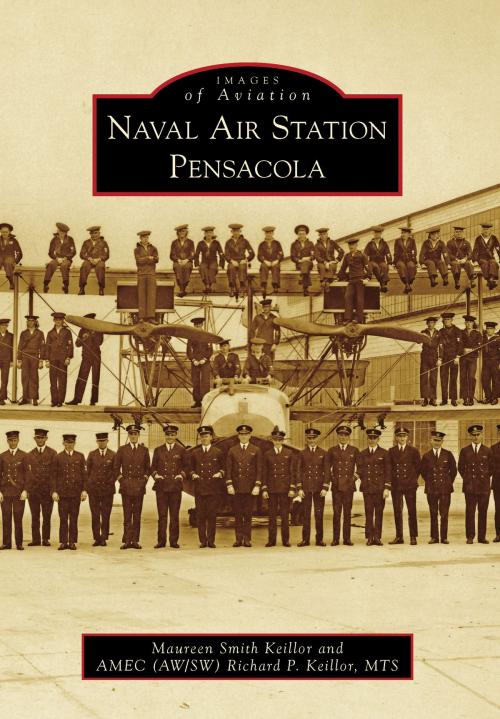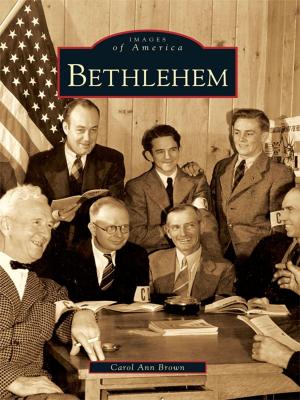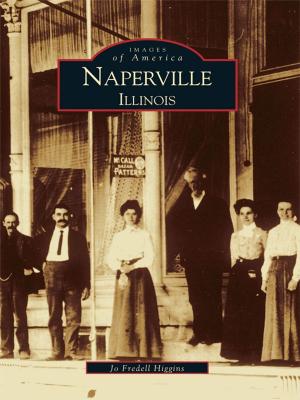Naval Air Station Pensacola
Nonfiction, Reference & Language, Transportation, Aviation, History, Military, Science & Nature, Technology, Engineering| Author: | Maureen Smith Keillor, AMEC (AW/SW) Richard P. Keillor MTS | ISBN: | 9781439644492 |
| Publisher: | Arcadia Publishing Inc. | Publication: | January 13, 2014 |
| Imprint: | Arcadia Publishing | Language: | English |
| Author: | Maureen Smith Keillor, AMEC (AW/SW) Richard P. Keillor MTS |
| ISBN: | 9781439644492 |
| Publisher: | Arcadia Publishing Inc. |
| Publication: | January 13, 2014 |
| Imprint: | Arcadia Publishing |
| Language: | English |
A sign at the gate of Naval Air Station Pensacola (NASP) welcomes visitors to �The Cradle of Naval Aviation.� And, indeed it is. The world�s first naval aeronautical station, it came into being when the USS Mississippi (BB-23) arrived in Pensacola on January 20, 1914, with seven aircraft, nine officers, and 23 men. Today, NASP is a dynamic, active station, hosting several schools and several branches of the US military. It is also the home of the Navy�s Flight Demonstration Squadron, the Blue Angels, as well as the renowned National Naval Aviation Museum (NNAM), which displays more than 100 years of naval aviation, from a replica Curtiss hydroplane to the F-14 Tomcat.
A sign at the gate of Naval Air Station Pensacola (NASP) welcomes visitors to �The Cradle of Naval Aviation.� And, indeed it is. The world�s first naval aeronautical station, it came into being when the USS Mississippi (BB-23) arrived in Pensacola on January 20, 1914, with seven aircraft, nine officers, and 23 men. Today, NASP is a dynamic, active station, hosting several schools and several branches of the US military. It is also the home of the Navy�s Flight Demonstration Squadron, the Blue Angels, as well as the renowned National Naval Aviation Museum (NNAM), which displays more than 100 years of naval aviation, from a replica Curtiss hydroplane to the F-14 Tomcat.















